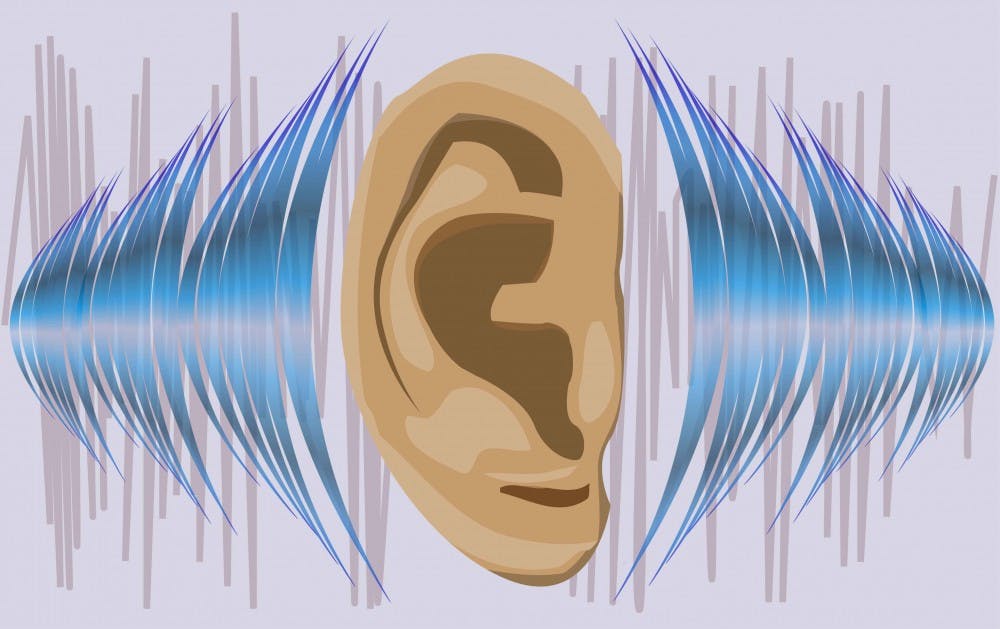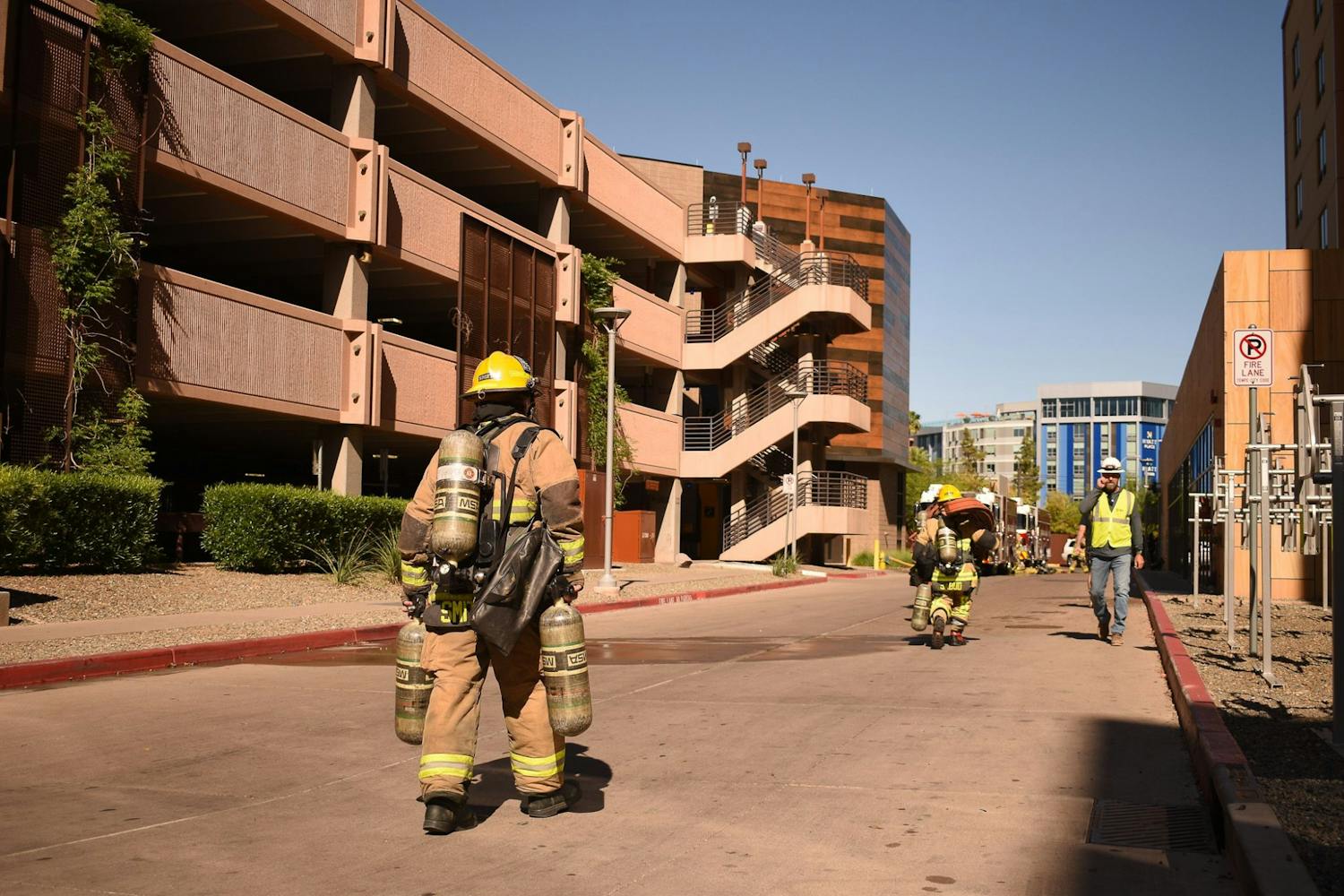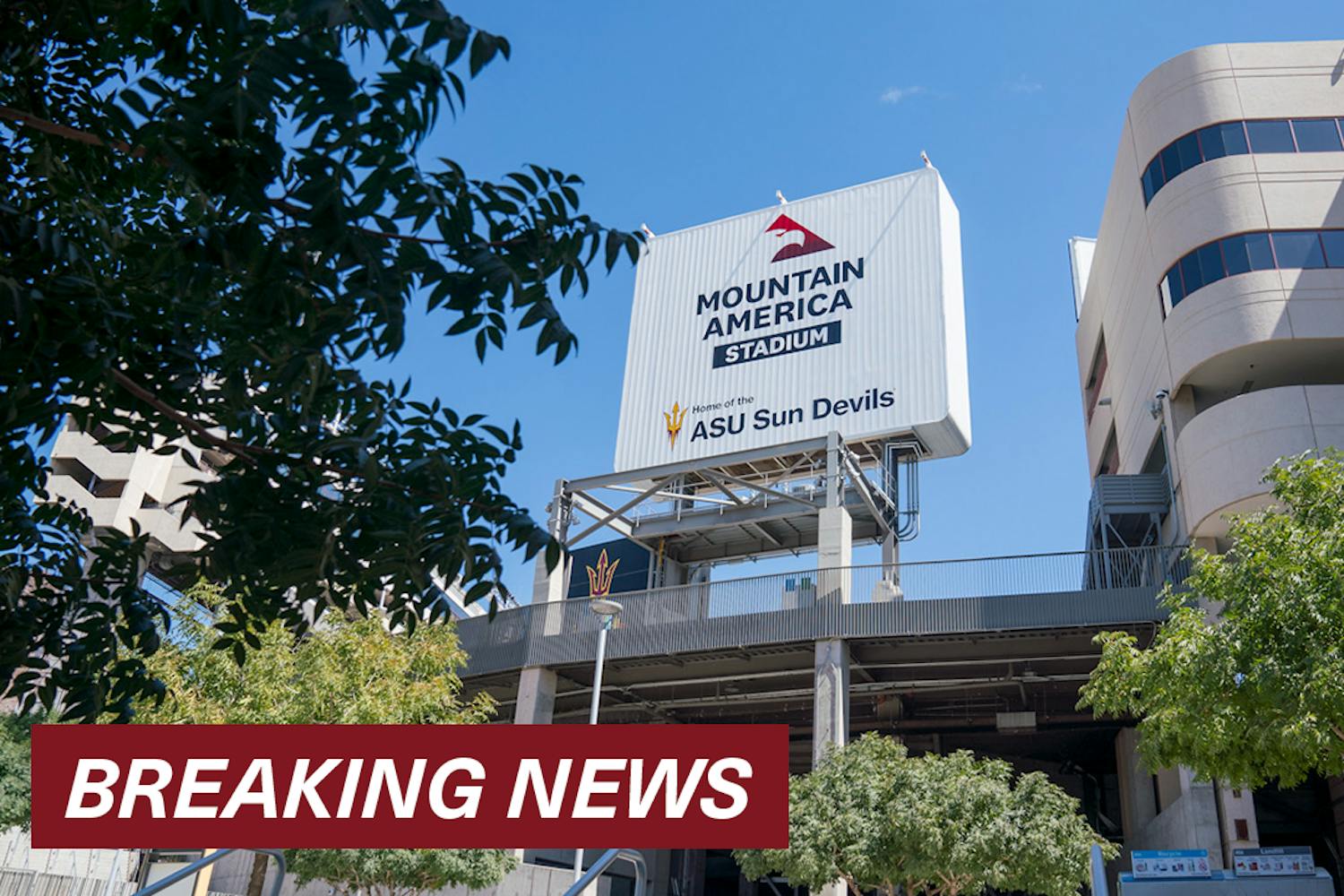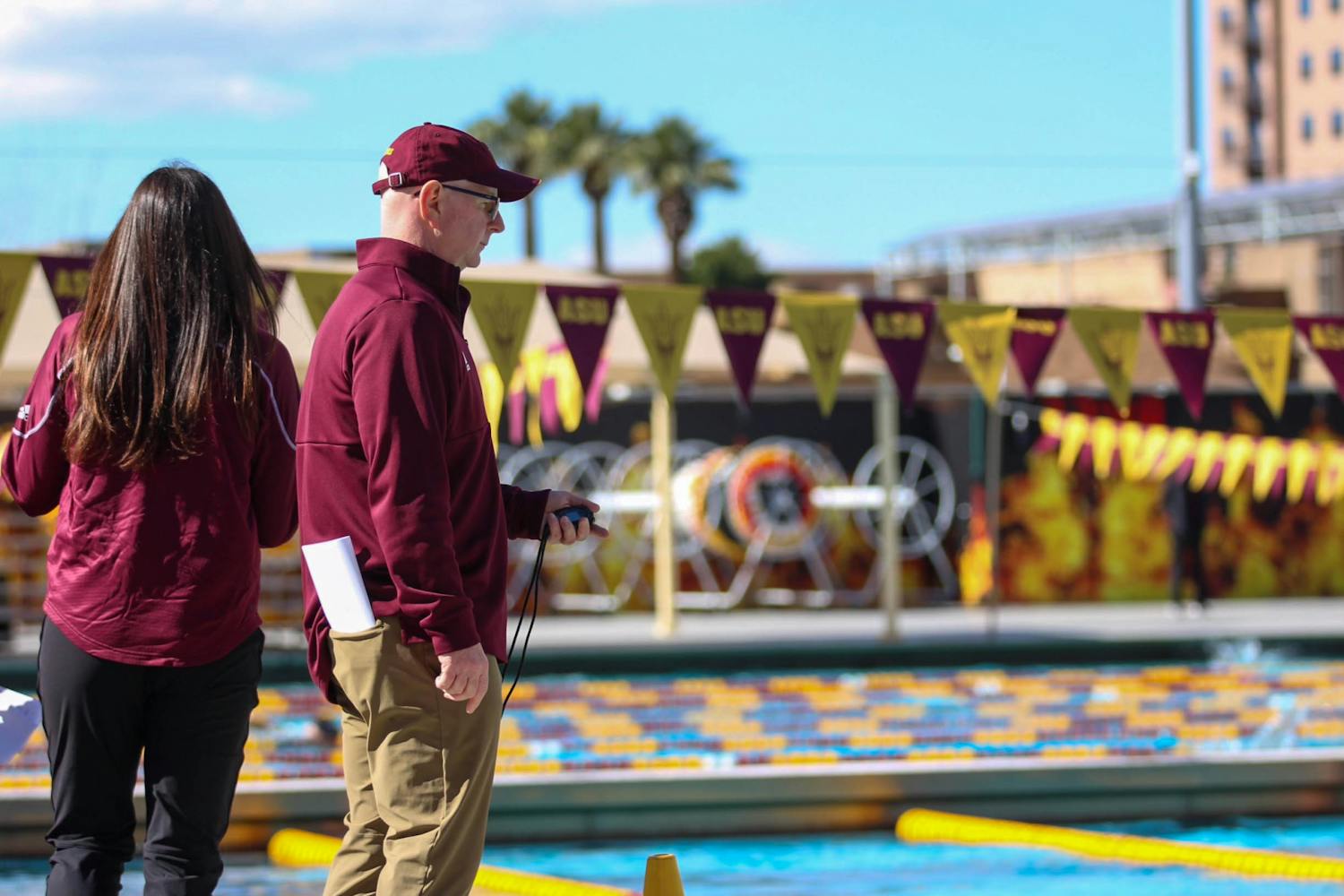Activists and disability advocates across Arizona are aiming to increase accessibility for the over one million hard-of-hearing people in the state.
This comes in the form of technologies like hearing loops, tablets loaded with video relay service (VRS), and VideoPhone communication systems. In public places, whether at the classroom or airport, these devices make it easier for those who are hard of hearing to communicate.
In 2016, there were more than 4,000 students with disabilities at ASU, according to the university’s Disability Resource Center (DRC), which works to improve independence for students with disabilities. Of those, there are 120 hard-of-hearing students who have registered with the DRC office, Chad Price, director of education development and disability resources at the DRC, said. Not all students who are hard of hearing have registered, meaning that there are some students that are not included in this number.
“Students registered with the DRC can meet with a Disability Access Consultant to determine what accommodations might best meet their need to access information,” the DRC's manager of deaf and hard of hearing services, Lori Johnson, said. “That could include sign language interpreters, Communication Access Realtime Translation (CART), captioning for videos, FM systems, note takers or other accommodations that may be determined appropriate depending on their hearing loss and how it is impacting them in the educational environment.”
One of the latest developments in improving accessibility for the hard-of-hearing community in public spaces is Sky Harbor's installation of new tablets with VRS. The tablets will allow the deaf, hard-of-hearing and speech-challenged travelers who use American Sign Language to communicate via video call.
Representatives from the Arizona Commission for the Deaf and Hard of Hearing, Emmett Hassen and Beca Bailey, demonstrated the new devices at a press conference on Sept. 25 and expressed excitement about the convenience and accessibility that the new technology provides for the community.
"It's really cool that this is happening,” Bailey said. “That we have equal access and accommodation — it's really important to us."
Many hope to see expansions of these devices in the future.
"Well, if you want a perfect world, pretty much everyone would have to sign, but then you wouldn’t need (VRS)," Hassen said. "For complete access, it would be nice at the airport, hotels, these would be ideal. So, we’re starting with the airport."
ASU’s College of Health Solutions offers courses in American Sign Language that implement an immersion method by prohibiting the use of spoken language.
Jordan Taylor, a senior studying journalism and mass communication, has been in the ASL program at ASU for three years now.
“I like that the class involves signing with classmates and the instructors a lot so you get to know your classmates and everyone goes through the learning process together,” Taylor said. “The instructors seem very enthusiastic about helping students learn ASL. I have had a different instructor each semester and each one was always excited to teach us new signs or concepts.”
Taylor said that real world situations are sometimes discussed in the class, but that the main focus of the course is to ensure that students are comfortable enough with signing in order to be able to help someone who was hard of hearing if necessary.
“I know a few students in my class who plan to continue to study the language beyond their graduation requirements,” she said. “I'm not sure what their exact plans are or how they plan to help the community, but I do think that the course has encouraged them to get more involved with the community.”
Devils for Access and Inclusion is a club that fights for the inclusion of all students on all ASU campuses, especially those with visible and non-visible disabilities.
"I have a few suggestions as to what public spaces can do for those who are hard of hearing," club president and community health sophomore Pilar Ribera said. "The first would be to encourage employees and workers to learn sign language. Having at least one employee each shift can assist in how those with hard of hearing interact with their community, especially at restaurants, coffee shops, and public spaces like airports."
The installation of new technologies like the tablets and hearing loops — which act as noise-canceling wireless transmitters — is a step in the right direction for the accommodation of the hard-of-hearing community, and it allows people to be much more comfortable and independent, Bailey said.
Read more: New addition to Tempe Public Library will improve communication for the hard of hearing
“It’s amazing how much (the technology) helps people to be more independent — to not have to depend upon other people to make calls for them, find a navigator (and) write things down. It can be so overwhelming having to go back and forth,” Bailey said. “I know that now the technology and the services are here so I can be independent and do it myself, and I don’t have to rely on other people.”
Implementation of assistive listening technologies on university campuses could greatly improve accessibility for the hard-of-hearing students, said Thomas Kaufmann, founder of Otojoy, the company that installed hearing loops in the Tempe Public Library.
“First, we need to provide access to sound in the classroom itself," he said. "The vast majority of information in a classroom or auditorium is, as the name implies, communicated verbally. However, the auditory environment we find in most lecture halls is less than ideal.”
It's also important to get the feedback of those who need aid, he said.
“I believe that first and foremost, it is critical to ask the affected individual what type of access or assistive technology they require or prefer,” Kaufmann said. “A lot of times, we see people in the general public being confused by the needs of people who are deaf and those who are 'just' hard of hearing. Ultimately, we require customizable solutions for the specific needs of the individual.”
Johnson said there are some areas in which she would like to see the University improve.
“We would like to see ASU continue to create universally designed courses that impact all students’ ability to access course content with ease,” Johnson said. “We would also like to see the ASU campus community continue to ask questions about how they can continue to be inclusive for all students in activities, events, programs, etc."
Price said that by sharing their experiences, students can be change makers and help the university understand what needs to be improved.
"The University continues to find ways to increase collaboration across the University to help to heighten awareness and ... to ensure accessibility is a regular high priority consideration," he said.
Reach the reporter at adunn11@asu.edu or follow @adrienne_dunn on Twitter.
Like The State Press on Facebook and follow @statepress on Twitter.




